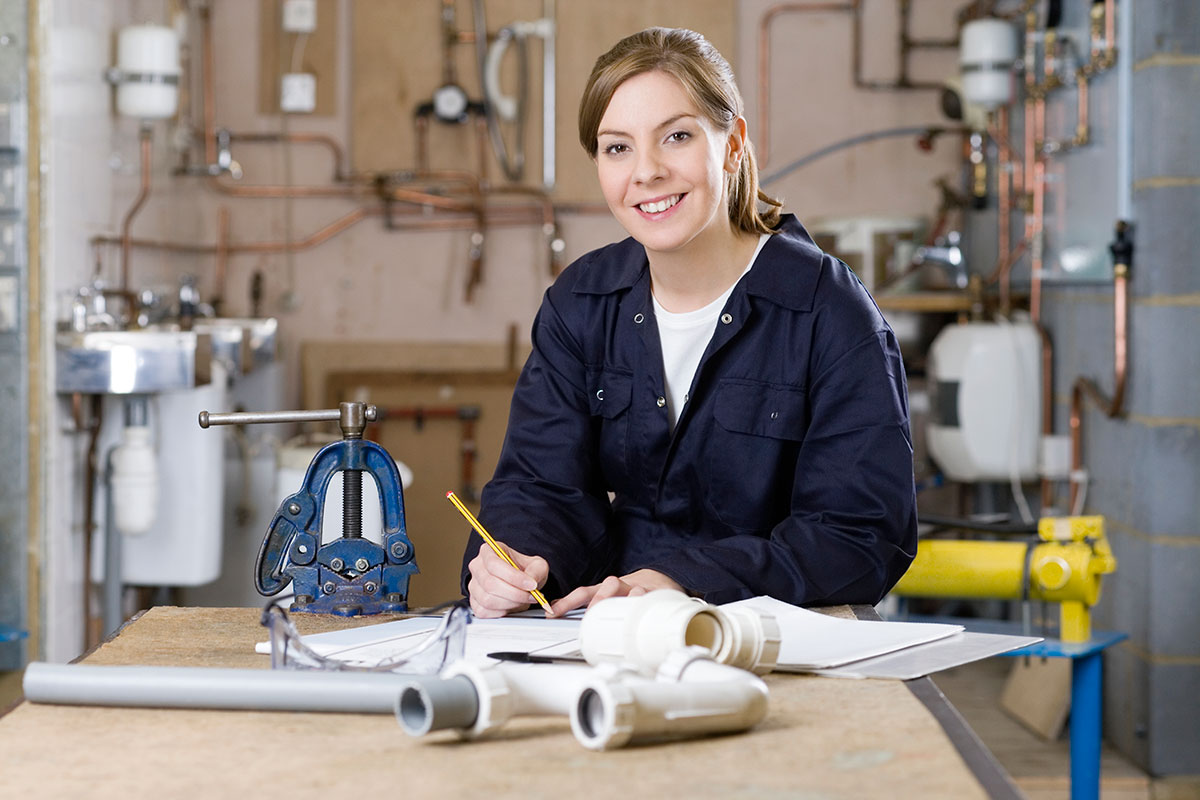Comprehensive Plumbing Alabaster AL Solutions for Your Home
A Detailed Guide to Effective Water Heating Unit Setup for Ideal Efficiency
Starting the task of setting up a water heating system is a venture that demands precision and a systematic method for attaining optimal performance. The procedure begins with the crucial choice of picking the proper heating unit tailored to the specific needs of your household, taking into consideration variables such as energy, size, and kind resource. Once selected, preparing the setup area to satisfy safety and security criteria is critical. The trip does not finish below. As you proceed, the intricacies of linking supply of water lines and establishing trusted electrical or gas links await, appealing understandings into making sure efficiency and dependability.
Choosing the Right Hot Water Heater

Following, consider the size and capability of the hot water heater. It's vital to evaluate your house's warm water demands, which can vary based on the number of passengers and their use patterns. An unit that's too little might bring about insufficient warm water, while a large version could result in unnecessary power intake.
Effectiveness rankings additionally play a pivotal function in choice. Seek hot water heater with high Power Element (EF) ratings, suggesting superior efficiency and lowered energy usage. Tankless models, though typically much more costly ahead of time, deal considerable energy cost savings gradually because of their on-demand home heating capacities.
Preparing the Installation Area
Prior to installing a brand-new water heater, careful preparation of the setup area is necessary. It's essential to determine the room thoroughly to suit the water heater's measurements, ensuring appropriate clearance around the unit for effective procedure and servicing.
Inspect the floor for security, as the water heating system will certainly need a solid, level surface to operate successfully. If essential, mount a drip frying pan below the unit to capture possible leakages or spills, protecting against water damages to the surrounding location.
In addition, ensure that all necessary tools and materials are on hand before starting the installment. This consists of things such as wrenches, screwdrivers, a degree, and any kind of extra equipment needed for installing and protecting the heating system. A well-prepared installment location sets the structure for an effective water heater setup, maximizing efficiency and safety.
Connecting Water Supply Lines
When attaching water system lines to your recently installed hot water heater, it is essential to make sure that all connections are leak-free and safe and secure to preserve effective operation and protect against water damage. Begin by identifying the cool and hot water supply lines. The cool water inlet is normally marked with a blue label or a "C", while the warm water outlet is noted with a red label or an "H".
Use versatile water heating unit adapters to facilitate an easier installation process. Prior to connecting the connectors, place a plumbing's tape around the threaded ends of the water heating system's inlet and outlet pipelines.
Once connections are in location, slowly transform on the main water system shutoff. Evaluate each link for leakages by aesthetically feeling and checking for moisture. Tighten connections as required, and make sure the stress safety valve is appropriately Website mounted, safeguarding against excessive pressure accumulation.
Establishing Up Electric or Gas Connections
Correctly setting up the electrical or gas connections for your water heating unit is an important step to ensure efficient and safe procedure. For electrical water heating units, begin by verifying that the electrical circuit is suitable with the heating system's voltage and amperage demands.
For gas water heating systems, safety is extremely important. Link the gas line to the water heating system using an adaptable gas connector, guaranteeing it is properly threaded and secured with pipe joint compound or Teflon tape ideal for gas connections.
As soon as connections are made, check for any kind of possible leaks. For gas lines, apply a soapy water remedy to the joints; bubbles indicate a leakage. For electric connections, confirm that all electrical wiring is secure and correctly protected, keeping conformity with local electrical codes.
Checking and Readjusting for Effectiveness
With the electric and gas connections securely in location, the next action is assessing the functional effectiveness of your water heating unit. Begin by meticulously transforming on the water supply and making sure there are no leakages at any of the joints or valves.
Next, execute a complete examination to make certain the heating elements or burner are working correctly. For electric heating units, use a multimeter to confirm if the aspects are attracting the ideal existing. In gas versions, observe the burner fire; it ought to be constant and blue, suggesting reliable burning.
Readjust the setups as required to get rid of ineffectiveness. Think about applying insulation procedures, such as adding a water heating unit covering, to even more improve efficiency review by minimizing warm loss. Furthermore, examine the anode pole's problem, as a shabby rod can lower effectiveness and cause container rust.
Verdict
Reliable hot water heater installment is crucial for guaranteeing optimal performance and power savings. By picking the appropriate kind and dimension, and diligently preparing the installation location, a foundation for success is established. Safely attaching water system lines and carefully setting up electric or gas links minimize prospective concerns. Extensive testing for leaks More Help and precise thermostat modifications to 120 ° F enhance reliability and effectiveness. Sticking to these actions promotes lasting performance and energy preservation in household water heater.

Effectively setting up the electric or gas connections for your water heater is a critical action to make sure reliable and safe procedure. For electric water heaters, start by validating that the electrical circuit is suitable with the heater's voltage and amperage requirements. Attach the gas line to the water heating system utilizing an adaptable gas port, guaranteeing it is appropriately threaded and sealed with pipe joint substance or Teflon tape ideal for gas links.